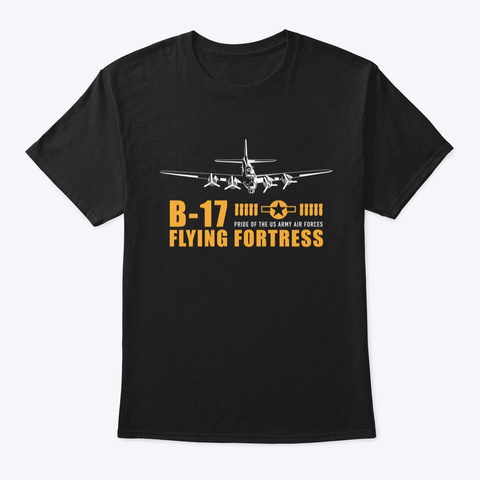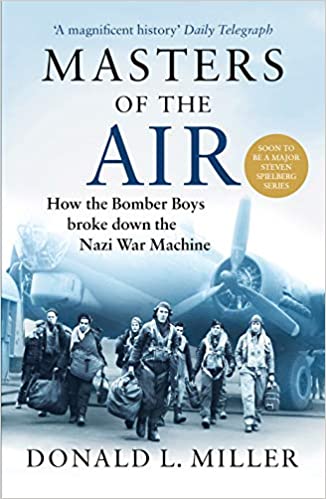B-17 Bomber Flying Fortress – The Queen Of The Skies P-47 Thunderbolt
 English
English Deutsch
Deutsch
![P-47D Thunderbolt // Wikipedia Commons [Public Domain]](https://b17flyingfortress.de/cms/wp-content/uploads/2015/12/56th_Fighter_Group_-_P-47D_Thunderbolt_42-8487-1200-600x414.jpg)
P-47D Thunderbolt // Wikipedia Commons [Public Domain]
“The P-47 was designed in large heights for the fight, That’s all! A derivative was out the A-36 and the mustang the A-36 was built as a fall bomber. She had nosedive brakes. Mustang got the bottom belted and bye but this one at low-altitude flight attacks with her in-line engine! Once, I came a P-47 for it back with two broken shot cylinders into, you will be able never make mustang with one. Somebody has said the P-47 can, hey, plug a quite beautiful pound in and still remain and fight a bit in the air. She has us taken as a fighter-bomber. We pack the Mustangs above on this where they are better in the air fight.”
USAAF Captain James Finnegan
The chief designer of Republic, Alexander Kartveli, developed the Thunderbolt after he had studied the air fight taking place over Europe at that time in detail. The making of the P-47B started she flew beginning 1942. with 8th Air Force at attacks of the B-17 and B-24 in Great Britain later than escort.
After the fighter plane was equipped with additional abwerfbaren fuel tanks, it could fly even up to the aim area. When the improved “Double Wasp” engine was imported, one described the Thunderbolts as a P-47D. This faster model was used for the first time at the end of 1943 and had better tank protection and a better engine cooling system. Later D models also had a vesicular cockpit for the pilot, with what for one 360 degrees had round circumspection. A water injection system was added as well as external bomb mounts and outer tanks as well as a larger inside load to fuel.
The P-47D was the most built Subtyp of a fighter who was ever produced with 12602 D models which rolled from the assembly line. Defies the fact that the P-51 Mustang replaced the P-47 in the role of the main fighter, many of the leading U.S. airman aces have including the two best, according to Colonel Francis Gabreski and Captain Robert Johnson which majority of her shootings in the P-47 Thunderbolt reaches. They were exactly like the fact that the P-47 was faster than the Me 109 or Fw 190 in large heights although she didn’t have the small turn radius of these air force fighters of use the ability for the P-47 to climb and to fall out, fast.
When the P-47 was used for ground attack many pilots who survived the fight in the large heights were the victim with the heavy ground light and the obstacles around which of the dangers of the low-altitude flight one himself must with 640 km/h herumbewegen. Despite everything the P-47 made the power of resistance for her for fighter-bomber honored to this and incalculable support offered to the American ground forces of the day of the invasion until end of the war.
The Thunderbolt went down in history as the aircraft which excellently behaved in the two assigned rolls: Air fight and ground support.
Specifications P-47D Thunderbolt
Engine:
2535hp Pratt & Whitney R-2800-59W Double Wasp radial piston engine
Performance:
Maximum Speed: 433 mph; Ceiling: 41,000 ft. Range: 1900 miles with drop tanks
Weight:
Empty 9,950 lbs., Maximum Takeoff 17,500 lbs.
Measurements:
Wing Span: 40ft. 9.25in. Length: 36ft. 1.75in. Height: 14ft. 8in.
Armament:
Eight 12.7mm (0.5 in.) wing-mounted machine guns. Up to 2500 lbs. of externally-mounted bombs, rockets, or other free-fall ordinance.
Buy books about the P-47 Thunderbolt on Amazon.com*
- P-47 Thunderbolt In Action
- P-47 Thunderbolt Units of the Twelfth Air Force (Combat Aircraft)
- P-47 Thunderbolt Aces of the Eighth Air Force
- P-47 Thunderbolt with the USAAF in the MTO, Asia and Pacific (SMI Library)
- P-47 Thunderbolt Aces of the Ninth and Fifteenth Air Forces (Aircraft of the Aces, Band 30)
* = CommissionsEarned. As an Amazon Associate I earn from qualifying purchases.





